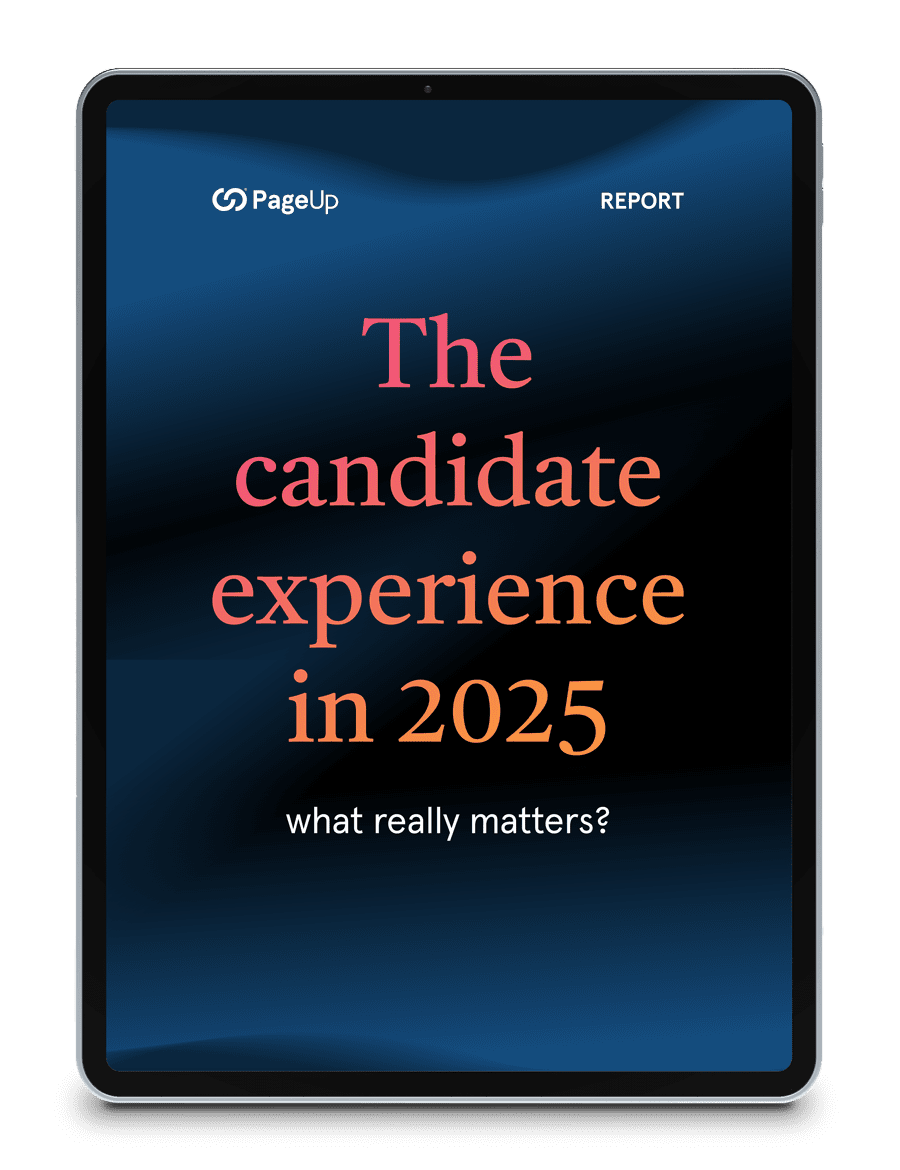Much as water sustains life, so too does the HR function play a role in helping to sustain the health of an organisationorganization. For Seqwater, one of Australia’s largest utilities, the most successful approach has been for HR to find proactive ways to deliver on the business strategy, rather than getting bogged down by tactical HR processes.
In January 2013, three state-owned water businesses came together to form Seqwater, a diverse group of dams, water treatment plants and supply networks. With operations spanning across South East Queensland, Seqwater has the most geographically spread and diverse asset base of any capital city water authority, resulting in a range of unique HR challenges. Alanna Herbst, the General Manager of Strategy, People & Safety, has taken on the responsibility of leading the 600-person strong workforce into a new chapter of enterpriseenterprize performance.
If we are not working towards organisationalorganizational performance, we shouldn’t be here.
When it comes to HR, the organisationorganization takes a business partnering approach, viewing the function as an enabler of organisationalorganizational performance. Alanna explains, “Our team’s purpose is to deliver people solutions that enable an adaptive, innovative and productive workforce. We know that all of those things will improve business results. If we are not working towards organisationalorganizational performance, we shouldn’t be here.”
She wholeheartedly agrees that HR has a role to play in setting business strategy and specifically draws attention to HR’s responsibilities when it comes to scenario planning. Although it’s not a skill that is common in HR, she sees it as an important component of the HR function within Seqwater. Participating in environmental scanning and setting the scene for specific situations ensures that the board and executives have a full understanding of the latest trends and can make informed strategic decisions for the business.
It often feels like HR is the second cousin from a tech perspective.
Of course, obtaining the necessary data in order to extract insights for meaningful decision-making is often easier said than done.
“I saw a sign the other day that said, ‘In God We Trust. Everyone Else, Bring Data.’” says Alanna. “But it’s a hard thing – there’s so much data that I want to be able to produce at the drop of a hat and have it underpin our HR strategy. Yet getting it often feels like HR is the second cousin from a tech perspective.”
Since this data feeds into trend identification and relational insights though, Alanna believes that HR should be utilising as much of it as possible to ensure that the business strategy is as resilient as it can be from a people perspective. With this information in hand, high-level discussions can take place that take into consideration the commitments made to staff and how the strategy aligns with the employee value proposition.
Setting and delivering on business strategy is one of HR’s most critical contributions today.
So, how does Seqwater stack up in terms of HR’s contribution to the business? While there are areas in need of improvement, Alanna highlights the team’s ability to deliver insight into the trends in the labor market as one particular area of success. Through this information, HR is having a bigger impact on organisationalorganizational strategy which ultimately affects performance. Moving away from delivering the day-to-day tactical processes and toward setting and delivering on business strategy is one of HR’s most critical contributions today, according to Alanna.
Leaders often must change their mindset in order to positively affect business results and employee morale.
HR’s ability to continually improve and adjust for evolving economic realities is imperative to the function’s ability to remain relevant. At Seqwater, the HR team is working in conjunction with organisationalorganizational psychologists and university partners to explore an innovative approach to its leadership development. Recognising that meaningful and lasting organisationalorganizational performance can be best achieved through changing more than just behaviors, the initiative is focusing on changing leaders’ thought patterns as well. Based on the premise that leaders often must change their mindset in order to positively affect business results and employee morale, this approach has been successful at teaching leaders how to develop the thought patterns that will lead to actions that can achieve desired outcomes.
Alanna’s closing thoughts focus on HR’s ability to move the needle in terms of organisationalorganizational performance and she recommends that the HR community take greater ownership in its ability to deliver on the business strategy. In general, she doesn’t think HR does enough to showcase how it facilitates business outcomes: “I think we need to prove that we’re an active part of this business as well. We have to make sure our peers understand our goals and where we’re taking the company and the workforce.
Fresh insights for HR
Stay up to date with HR trends, tips and more when you sign up for our industry newsletter





